Universiti Teknologi MARA (UiTM), Cawangan Negeri Sembilan, Malaysia, and academic partners The University of Queensland (Australia), Universitas Brawijaya (Indonesia), University of Nottingham (UK) and Queensland Health (Australia), successfully conducted an Inaugural Symposium of Research and Innovation for
Food (SoRIF) virtually from 23rd to 24th of June 2021.
The symposium provided a platform for sharing the latest food science and technology discoveries, and UiTM was honoured with the involvement of its international counterparts in the event.
The event attracted more than 270 local and international participants from diverse backgrounds, namely academic staff from various educational institutions, government agencies personnel, food industry players, and undergraduate and secondary school students.
The symposium is a step towards innovative assessment for the Department of Food Science and Technology (UiTM Cawangan Negeri Sembilan) students’ final year project presentation.
With the collaboration of members of a Special Interest Group, Alliance of Research and Innovation for Food (ARIF) and the undergraduate members of the Bachelor of Science and Technology Association (B-FoST), students gain a meaningful experiential learning experience and a deeper understanding of the integration of theory with practice. This type of international outreach collaborative work has undoubtedly advanced the undergraduate students’ digital, leadership and communication skills, which are essential elements to enhancing graduate employability.
This webinar also achieved one of its main objectives. As highlighted by Prof. Dr Yamin Yasin, the Rector of UiTM Cawangan Negeri Sembilan who officiated the grand virtual Closing Ceremony of SoRIF 2021, “From the knowledge sharing by our international academic partners, I am glad that SoRIF 2021 has met its objective to strengthen international collaboration between students, lecturers and experts in food science and technology.”
As mentioned by the Patron of SoRIF, Dr Noorlis Ahmad, “This virtual Inaugural SoRIF that has been held for two (2) days via Webex, is the platform that nurtures the
students’ academic development, soft skills and leadership.”
The program also received praise from the Director of SoRIF, Dr Siti Azima Abdul Muttalib, who stated, “Organising a successful virtual program which is jointly organised with the undergraduate students that attract international audiences, is just like seeing the light in the darkness of Covid-19. Unbelievable, the adoption of digital skills in knowledge sharing and international collaboration is beyond the limitation of our old norm.”
“If there’s one thing I’ve learned from this program, it’s that it helped me face my mistake & failure and own up to them in a positive light. It helped me believe that I can excel and improve in my next attempt,” said Miss Nurul Izzati Medihi in her reflection on the effectiveness of the program. Nurul Izzati is one of the five students awarded as the Best Presenter in SoRIF 2021.



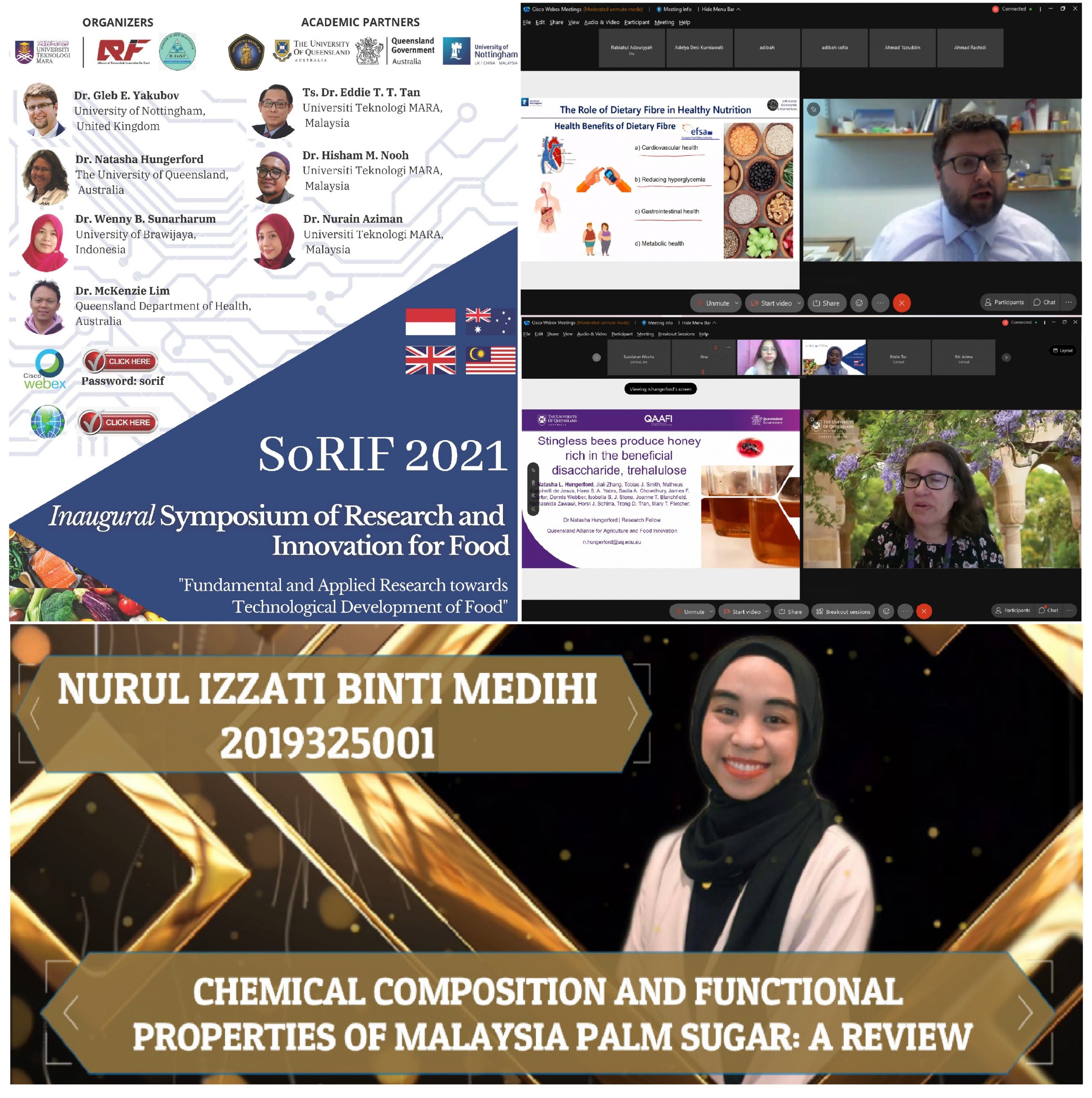
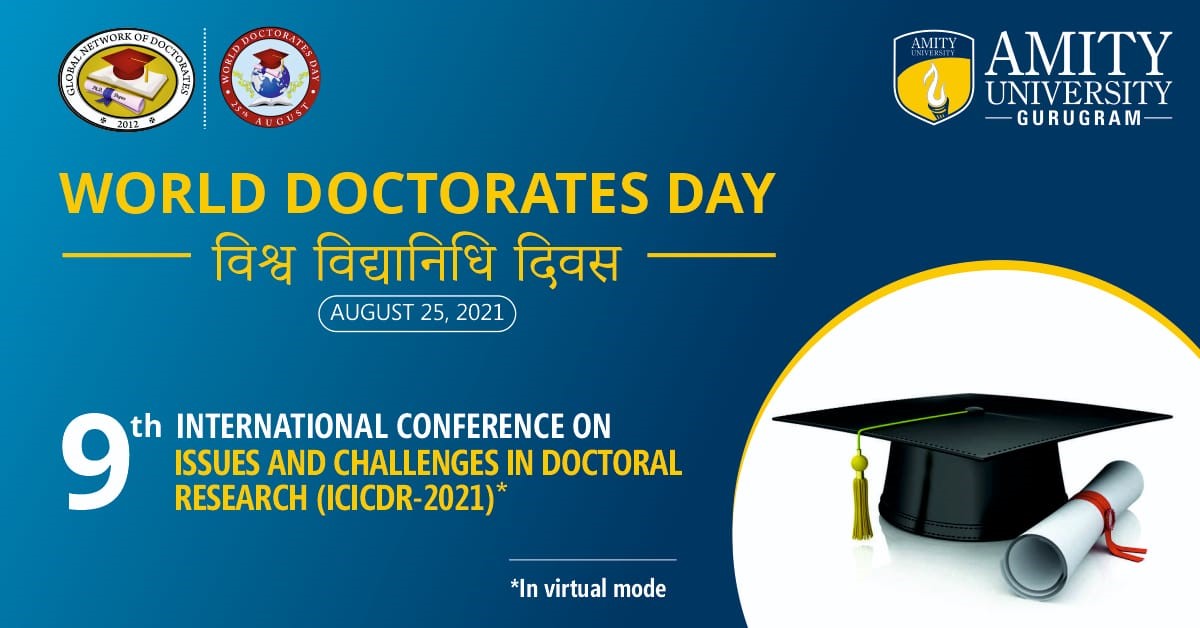
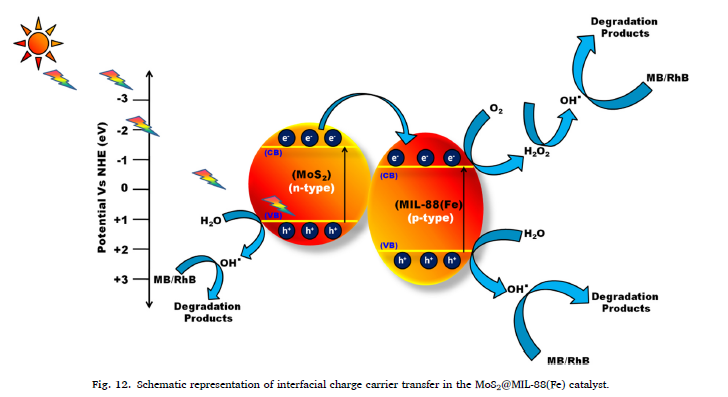
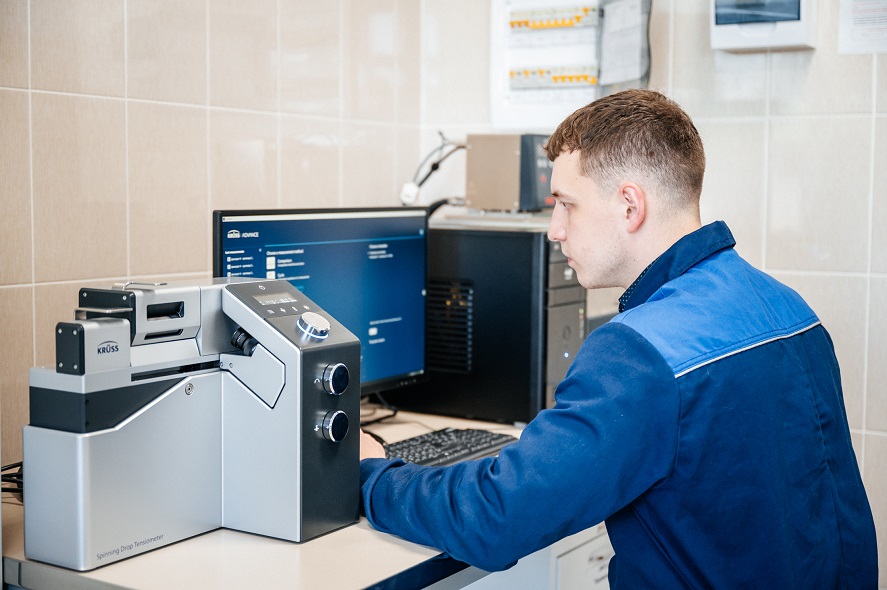
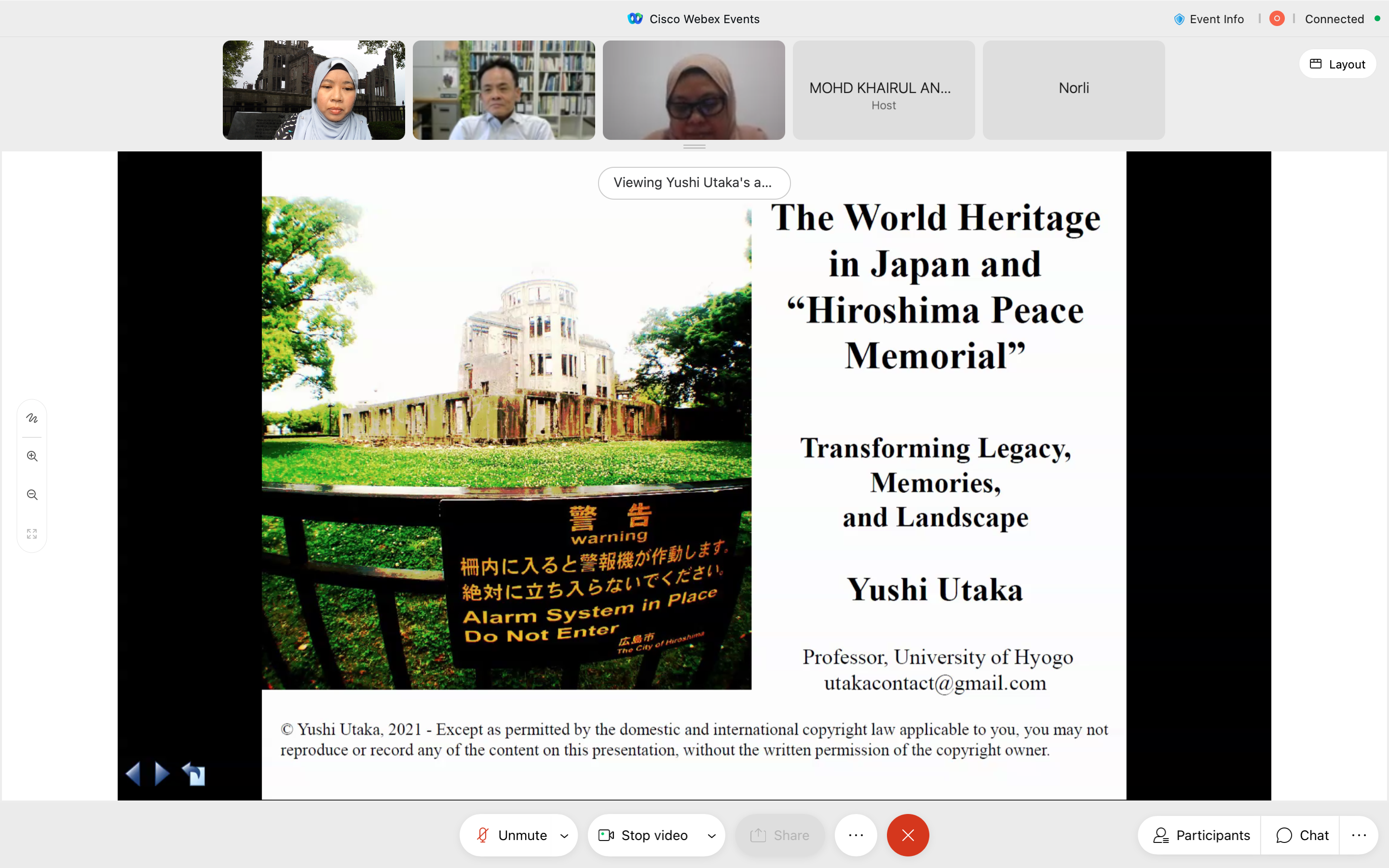

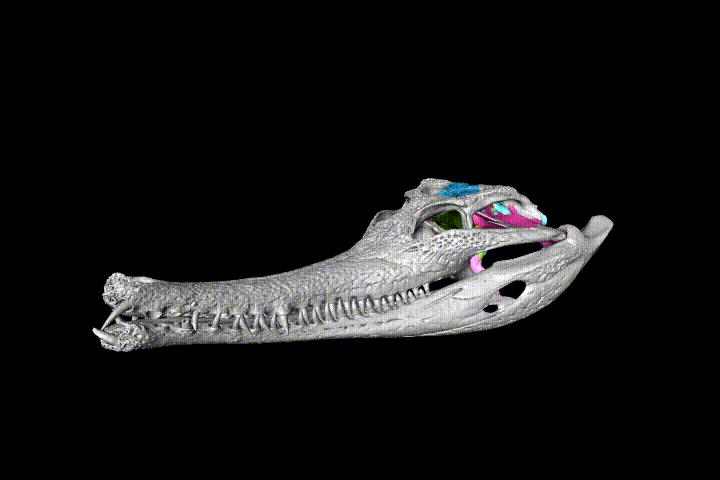
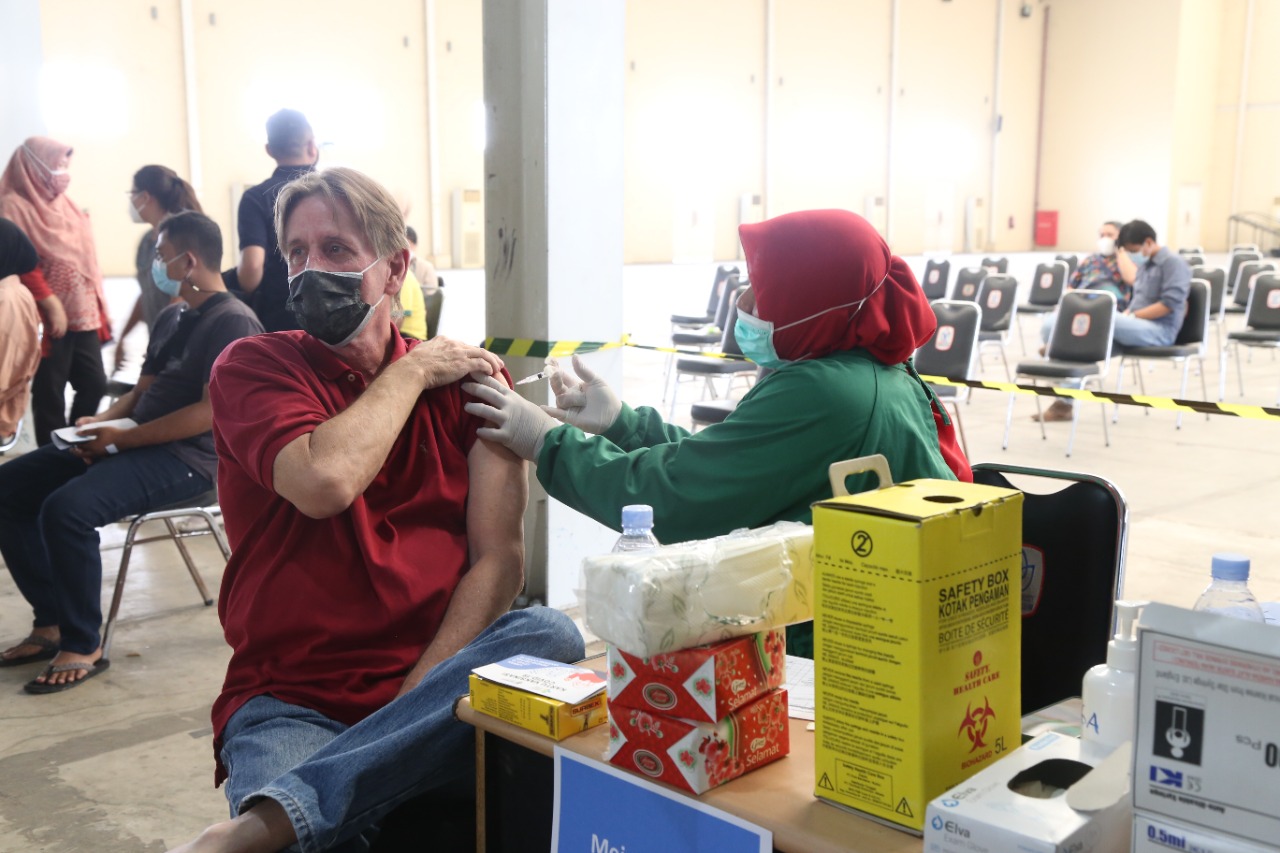
.jpg)
